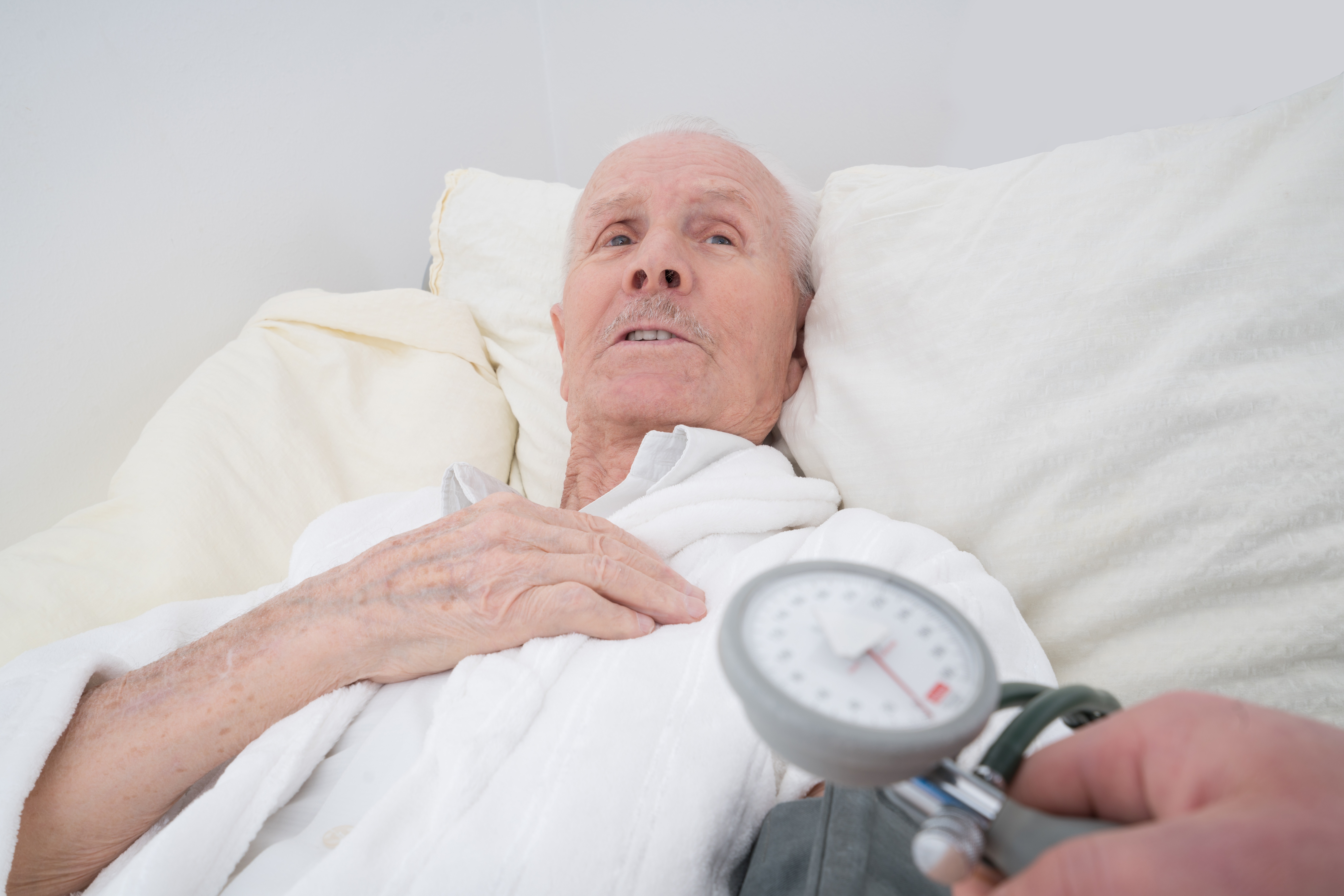PAH Is Rising in Elderly, and So Are Challenges in Correctly Diagnosing and Treating Their Disease

Elderly people at increased risk of pulmonary hypertension (PH) are increasingly also being diagnosed with pulmonary arterial hypertension (PAH). Diagnosis and management in this group can be quite challenging, and a report from Geneva University Hospitals suggested that all elderly patients with suspected PAH should be referred to an expert center for proper diagnosis and treatment of a disease that can have devastating consequences.
The report, “Pulmonary hypertension in the elderly: a different disease?“, was published in the journal Breathe.
PAH, classified as group 1 hypertension by the World Health Organization (WHO) classification system, differs from other types of hypertension by being associated with remodeling of arterial capillaries in lung blood vessels. This particular disease mechanism differs in both underlying cause and treatment from other types of PH, such as group 2, caused by left heart disease, or group 3, caused by lung disease or exposure to low oxygen levels.
Currently, registry data show an increase in age at diagnosis, and an increased proportion of men diagnosed with PAH. Recent U.S. and Europe registry reports showed that the mean age at diagnosis is around 50 years, with some registries reporting mean diagnostic ages greater than 60 or 70. Also, across registries 9 percent to 13.5 percent of PAH cases are older than 70 at diagnosis, with some registries reporting much higher figures. The proportion of women is also closer to half.
This is a stark contrast to early registry reports published in the 1980s, showing a mean age at diagnosis of less than 40 years, and a disease affecting mostly women.
Since the patients present in the registries have been diagnosed at expert PH centers, where alternative scenarios are carefully excluded before a PAH diagnosis is set, the authors believe that the registry data indicate a real increase in PAH among the elderly, and hence, PAH in this group does not represent another kind of disease.
But a risk of misclassification exists in the increasing elderly population diagnosed outside specialized centers, linked to the difficulty in setting an accurate diagnosis.
Many of the risk factors associated with group 2 PH are linked to an older age, obesity, atrial fibrillation, hypertension, coronary artery disease, and diabetes. PAH, conversely, is associated with an entirely different set of risk factors — such as connective tissue disease, portal hypertension, and infections like HIV — and the identification of these factors might aid in diagnosis. PH and PAH are, however, not mutually exclusive in elderly people.
As difficult as a correct diagnosis might be in an older age group, the dangers of misdiagnosis are severe. PAH-specific treatments can be hazardous to patients with group 2 PH, and have not been studied in an elderly population. The most recent Phase 3 clinical trial of PAH treatment had a mean age far below 50, with less than 20 percent of patients age older than 65.
One of the difficulties in establishing a correct diagnosis is that patients with both group 2 and group 3 might, in some cases, display an increase in pulmonary vascular resistance closely resembling PAH.
While the key investigation to precisely determine the specific contribution of post-capillary and pre-capillary mechanisms is right heart catheterization, the mixed disease states often make interpretations of hemodynamic measurements problematic, and as the authors put it: “Finding PAH among all PH is like looking for a needle in a haystack.”
The research team concluded that it is necessary to refer all elderly patients with suspected PAH to an expert PH center, where a correct diagnosis, and treatment course, can best be set.







